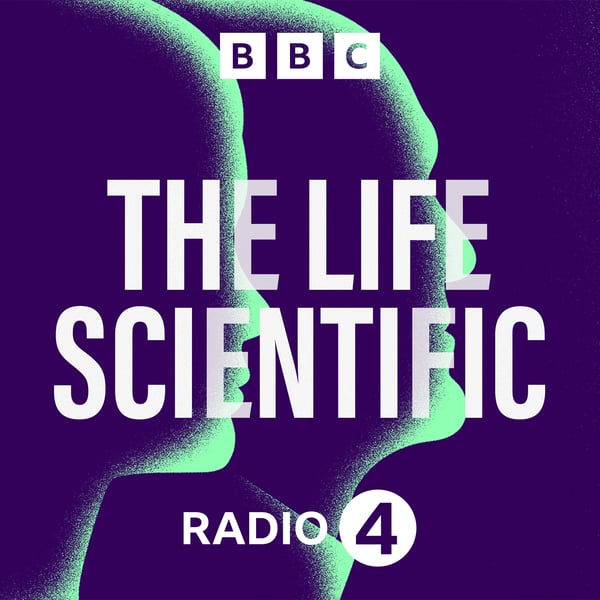Alison Woollard on what she has learnt from mutant worms
The Life Scientific
BBC
4.6 • 1.4K Ratings
🗓️ 28 February 2017
⏱️ 28 minutes
🧾️ Download transcript
Summary
Transcript
Click on a timestamp to play from that location
| 0:00.0 | This is the BBC. |
| 0:02.0 | Hello and welcome to the podcast of the Life Scientific. |
| 0:06.0 | First broadcast on BBC Radio 4. |
| 0:09.0 | I'm Jimal Kiele and my mission is to interview the most fascinating and important scientists alive today |
| 0:15.7 | and to find out what makes them tick. |
| 0:18.9 | My guest today has pursued what many might consider a rather niche interest, the genetics of a tiny nematode worm, |
| 0:26.5 | known to those in the know as sea elegance. It's an un-pre-possessing organism just a millimeter long and yet thousands of biologists |
| 0:34.8 | around the world have dedicated their lives to studying it. There's even a scholarly |
| 0:39.1 | journal called Worm devoted to this model organism. |
| 0:43.0 | Allison Woolard joined this exclusive club when she moved to the world famous laboratory |
| 0:47.3 | of molecular biology in Cambridge, a place she likes to call worm mecca. Her first research project was on yeast, but once she |
| 0:56.1 | discovered C. Elegans, there was no turning back. Allison Willard, welcome to the Life Scientific. |
| 1:00.5 | Thank you very much. So how long have you and the worm been together now? It must be what 20 years? |
| 1:06.3 | Yeah, we've been together since 1995. That's very sweet. How many days do you reckon you've accumulated staring down a microscope at the world? |
| 1:14.4 | Oh, quite a few. |
| 1:17.4 | So in the early days, of course it would be all day, every day. |
| 1:20.1 | Of course now it's a lot less. |
| 1:22.1 | But for those first sort of four or five years it was it was a it was a constant |
| 1:26.7 | presence in my life the worm down the microscope all the time. That's dedication. |
| 1:32.3 | Well everyone who works on worms I think would say it was a labour of love rather than dedication. |
| 1:38.0 | People only do things like that because they want to. |
| 1:41.0 | You can't force someone to stare down a microscope for eight hours a day |
... |
Transcript will be available on the free plan in -2954 days. Upgrade to see the full transcript now.
Disclaimer: The podcast and artwork embedded on this page are from BBC, and are the property of its owner and not affiliated with or endorsed by Tapesearch.
Generated transcripts are the property of BBC and are distributed freely under the Fair Use doctrine. Transcripts generated by Tapesearch are not guaranteed to be accurate.
Copyright © Tapesearch 2025.

